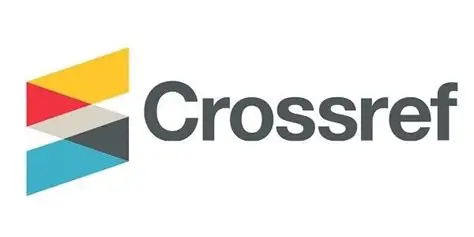SKIN DISEASES PREDICTION USING MACHINE LEARNING ALGORITHM
Keywords:
IOT, Smart-Health,,Abstract
Skin illnesses are a serious and concerning issue in society owing to the physical
and psychological consequences they have on individuals. Detecting skin illnesses at an early
stage is critical for therapy. The procedure of identifying and treating skin damage is dependent
on the expert doctor's ability and experience. The diagnostic procedure must be precise and
timely.
Recently, artificial intelligence research has been employed in the area of skin disease
diagnosis, using machine learning algorithms and the large quantity of data accessible in health
centers and hospitals. Many prior works on techniques of categorization of skin disorders based
on the idea of machine learning were included in this publication. The researchers employed
several systems, processes, and algorithms in earlier investigations. Several approaches have
been developed that have been effective in identifying skin disorders and reaching varied
degrees of diagnostic accuracy. Several systems have relied on image processing and feature
extraction approaches to forecast and identify illness kind. Other approaches are meant to
diagnose certain forms of skin disease using clinical symptoms and tissue analyses acquired
after a skin biopsy of the afflicted region. According to the results of this study, the diagnostic
accuracy of image processing techniques was very variable, ranging from 50% to 100%.
The approaches for processing tissue characteristics have a good degree of accuracy of 94% or
above. The findings offer an overview of the actual relevant studies discovered in the literature
and indicate the majority of the research gaps that have appeared.
References
[N. Hameed, A. M. Shabut, M. K. Ghosh, and M. A. Hossain, "Multi-class multi-level
classification algorithm for skin lesions classification using machine learning techniques,"
Expert Syst. Appl., vol. 141, no. 112961, 2020, doi: 10.1016/j.eswa.2019.112961.
[J. Yang, X. Sun, J. Liang, and P. L. Rosin, "Clinical Skin Lesion Diagnosis Using
Dermatologist Criteria," 2018 IEEE/CVF Conf. Comput. Vis. Pattern Recognit., pp. 1258
, doi: 10.1109/CVPR.2018.00137.
Tan, T. Y., Zhang, and C. P. Lim, "Intelligent skin cancer diagnosis using improved particle
swarm optimization and deep learning models," Appl. Soft Comput. J., vol. 84, p. 105725,
, doi: 10.1016/j.asoc.2019.105725.
S. Chatterjee, D. Dey, and S. Munshi, "Integration of morphological preprocessing and
fractal-based feature extraction with recursive feature elimination for skin lesion type
classification," Comput. Methods Programs Biomed., vol. 178, pp. 201-218, 2019. doi:
1016/j.cmpb.2019.06.018.
S. Lima, L. Teran, and E. Portmann, "A Proposal for an Explainable Fuzzy-based Deep
Learning System for Skin Cancer Prediction," ICEDEG 2020, pp. 29-35, 2020, doi:
1109/ICEDEG48599.2020.9096799.
M. Preethi and K. Sathiyakumari, "Analyzing Human Skin Texture Using Machine
Learning Approaches," International Journal of Computer Applications, vol. 136, no. 1, pp. 5
, 2016, doi: 10.5120/ijca2016908313.


